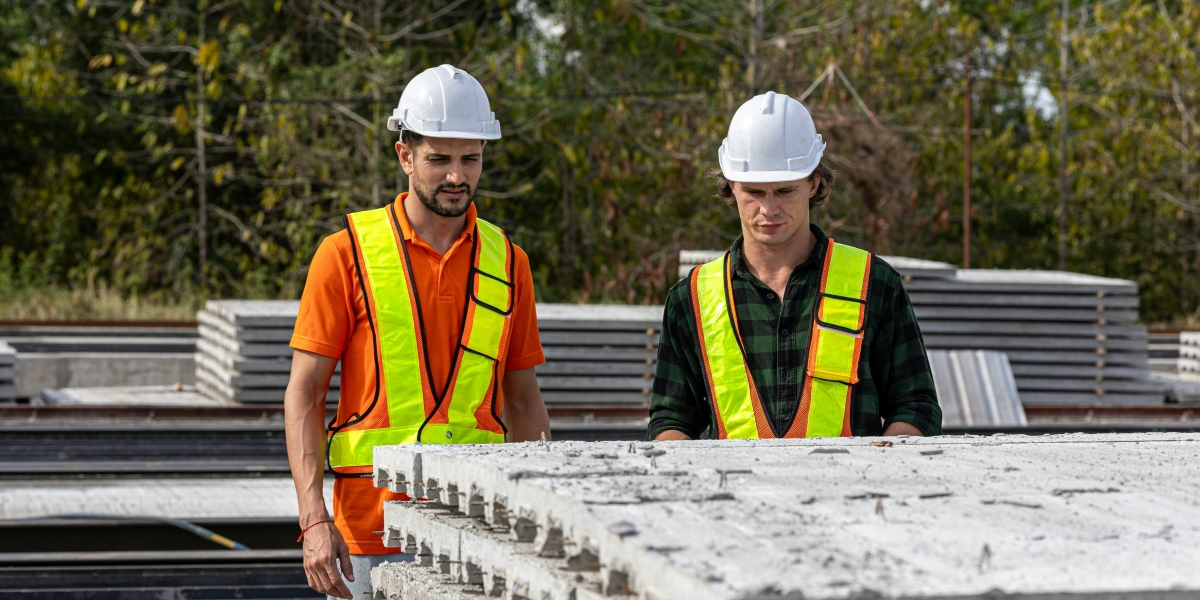According to the World Health Organization, climate change is the biggest threat to human health and safety the world currently faces. While regulations have attempted to target greenhouse gas emissions — the primary cause of climate change — many of these laws target the more outwardly visible producers of greenhouse gasses, such as fossil fuels and factories. One quiet contributor to climate change that we should not ignore, however, is concrete.
Concrete has long been one of the most commonly-used construction materials. It is sturdy, durable, and relatively inexpensive to produce, and most other construction materials lack all of these three characteristics. Concrete is the go-to building material for structures that receive high levels of traffic, and because it needs to hold up through any number of challenging conditions, it also must last for a long time.
Concrete and climate change
Nevertheless, concrete is one of the most environmentally-destructive building materials. For one, it is not biodegradable. Concrete can last for up to 10,000 years in landfills without breaking down. An enormous amount of concrete must be produced to keep up with the construction needs of growing cities, meaning that numerous concrete factories around the world are producing harmful exhaust and greenhouse gas emissions to meet this demand.
The reason why concrete is such a significant source of greenhouse gas emissions is because its use is the culmination of other processes that also produce high amounts of greenhouse gasses. Cement production, for instance, occurs in factories that produce greenhouse gasses in their exhaust. That cement is transported by fossil fuel-consuming vehicles and later mixed and dispensed by fossil fuel-powered heavy machinery. Furthermore, the installation of concrete generally involves the removal of CO2-sequestering natural vegetation.
Finding a better alternative to concrete
Several solutions to combat the greenhouse gas emissions caused by the use of concrete have been proposed, but few are realistic alternatives because they are not a one-for-one replacement for traditional concrete. For example, recycled concrete aggregate (RCA), better known as crushed concrete, has long been used in the construction industry. While it does not require the production of additional concrete — and therefore the emission of greenhouse gasses — it also lacks the durability of traditional concrete.
Developing a solution that does work was quite a challenge, but climate tech company Carbon Limit founder Tim Sperry stepped up to the plate. A practical alternative to traditional cement-based concrete not only needed to be environmentally friendly, but also had to be viable and reliable as a construction material.
“The challenge was to create something that positively affects the environment, but also improves performance,” Sperry asserts. “Our revolutionary technology at Carbon Limit does just that.”
Carbon Limit has developed a new eco-friendly cement alternative that boasts the same durability and reliability of traditional concrete. “Carbon Limit was created around the idea of decarbonization — a process in which carbon dioxide released into the air is captured, thereby reducing the levels of CO2 in the atmosphere,” explains Sperry. “This process will push us towards the net zero future we need to survive.”
How Carbon Limit works
Perhaps the most exciting factor about Carbon Limit’s innovative new technology is its ability to sequester carbon dioxide directly from the atmopshere. The concrete effectively becomes a super sponge that captures CO2 from the air around it and stores it internally in a solid form, where it can no longer cause destruction to the environment. With this capability, Carbon Limit lowers the carbon footprint of urban development without sacrificing the performance or durability of traditional concrete.
Because of the innovative nature of Carbon Limit, not much is known about the long-term implications of this technology, but the potential is virtually limitless. “With so many trees that naturally sequester carbon dioxide from the atmosphere being cut down for urban development, cities must invest in these alternatives with the mitigative properties of decarbonization,” says Sperry. “This will allow them to counteract the environmental harm they are causing through their expansion.”
At this point, urban development efforts will continue expanding regardless of its environmental impact. As a result, it will be nearly impossible for humankind to slow down the growth of cities and the removal of trees, meaning natural vegetation will be unable to keep up with the sequestration needed to mitigate increasing greenhouse gas emissions. This is why technology like Carbon Limit is so important, as it serves to combat climate change by countering the consequences of human action.








